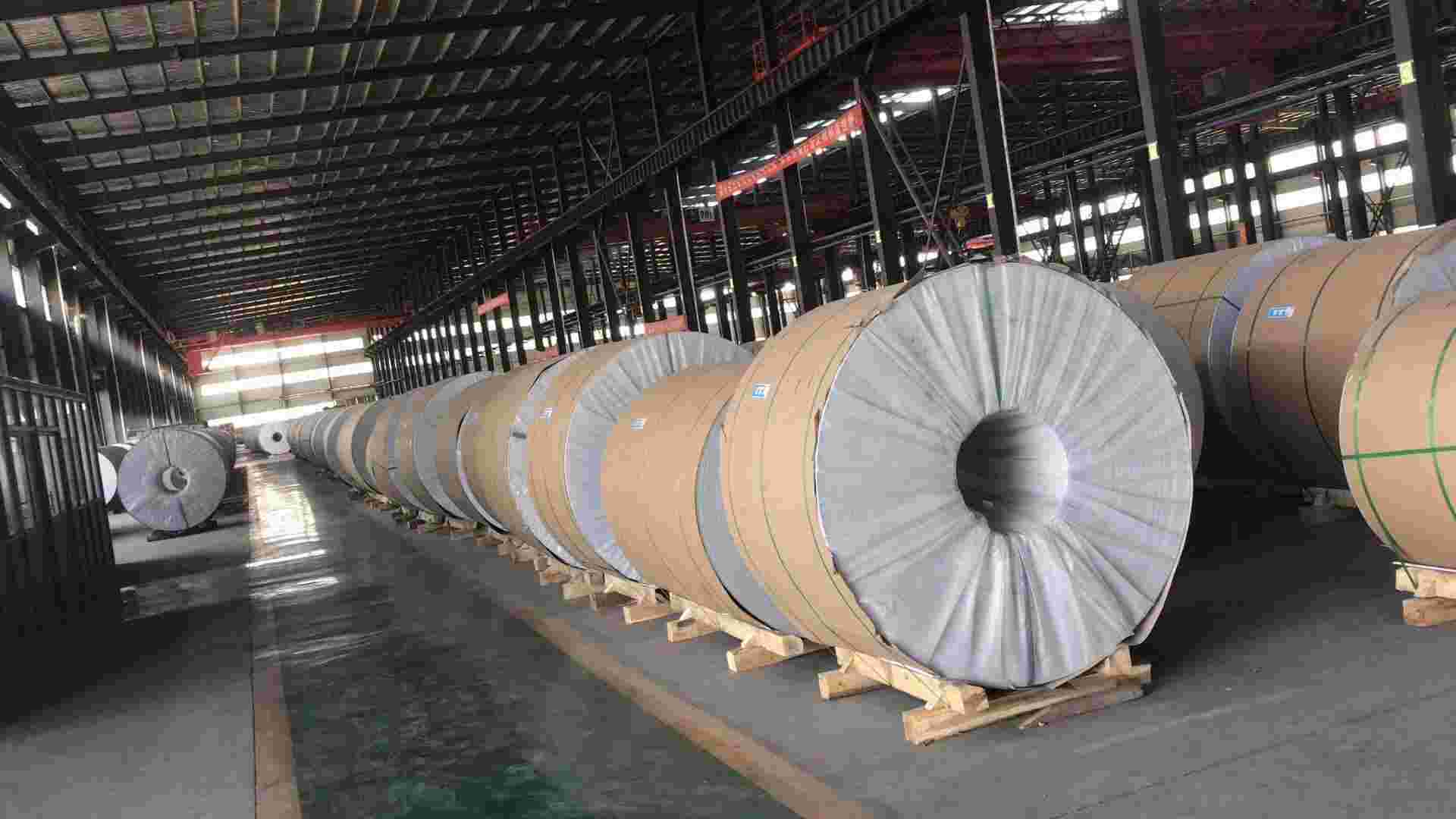Insulated aluminum coils, widely used in construction and industrial sectors for thermal insulation purposes, require careful handling and protection during transportation to maintain their integrity and performance. This article outlines essential measures to ensure adequate protection during the transportation of insulated aluminum coils.
Proper Packaging
The first step in protecting insulated aluminum coils during transportation is to ensure proper packaging. Coils should be securely wrapped with protective materials such as plastic film or cardboard to prevent surface damage from scratches, abrasions, or moisture during transit.

Securing the Load
Properly securing the load is crucial to prevent shifting or movement of the coils during transportation. Use suitable strapping materials, such as nylon straps or steel bands, to secure the coils firmly to the transport vehicle and prevent them from tipping over or sliding during transit.
Cushioning and Padding
Adding cushioning and padding between coils and within the transport vehicle helps absorb shocks and vibrations during transportation. Use foam padding, inflatable airbags, or cardboard dividers to create a buffer zone and minimize the risk of impact damage during transit.
Climate Control
Maintaining suitable climate conditions during transportation is essential for protecting insulated aluminum coils from temperature fluctuations and moisture. Ensure that transport vehicles are equipped with climate control systems to regulate temperature and humidity levels within acceptable ranges throughout the journey.
Handling Precautions
Train personnel involved in loading, unloading, and transporting insulated aluminum coils to handle them with care. Avoid dropping or dragging coils, and use appropriate lifting equipment, such as forklifts or cranes, to minimize the risk of mechanical damage during handling operations.
Regular Inspection
Conduct regular inspections of the transported coils during transit to identify any signs of damage or shifting. Address any issues promptly by adjusting securing methods or making necessary repairs to prevent further damage during the remainder of the journey.
Compliance with Regulations
Ensure compliance with relevant transportation regulations and industry standards governing the handling and transportation of insulated aluminum coils. Adhering to safety protocols and guidelines helps mitigate risks and ensures the safe and secure transportation of the coils.

Conclusion
Protecting insulated aluminum coils during transportation is essential to safeguard their integrity and performance. By implementing proper packaging, securing the load, adding cushioning, maintaining climate control, observing handling precautions, conducting regular inspections, and complying with regulations, the risk of damage during transit can be minimized, ensuring that the coils arrive at their destination in optimal condition.


